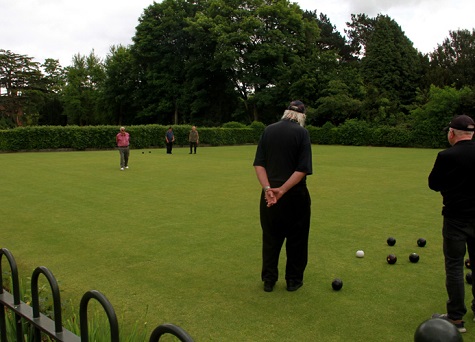Fortunately for us, plants will exhibit or express nutrient deficiency symptoms on their leaves or other plant parts just like they do when disease strikes.
The good thing is that we can adjust our style of management to suit what is discovered and quickly fix the problem encountered, the bad thing is that by the time the deficiency symptoms are expressed it is too late and some damage will be seen on the plant leaves.
Visually observable symptoms include stunted growth of roots, stems or leaves and chlorosis (yellowing) or necrosis (browning/death) of various organs.
Characteristic symptoms often help us fix the issue with little fuss. Luckily, most of the symptoms we see will be seen on the plants leaves. Root symptoms cannot be easily seen unless the plant is very carefully removed from the soil, washed and then studied! For this reason root symptoms are lesser understood and described by the plant science community.

Expressions of deficiencies
Nitrogen (N) - Soils, especially sand based sports turf soils are more commonly deficient of nitrogen than any other element. The plant will be light green in colour, lower leaves yellow and drying to a light brown colour. Stunted or slow growth may be seen as N is needed in many essential plant compounds.
Phosphorus (P) - Second to Nitrogen, Phosphorus is the second most often limiting element in soils. The plant will be dark green (in contrast to those lacking N), often developing red and purple colours on the leaf and leaf margins. The plants and seedling plants will often be stunted in growth with maturity of young plants being delayed.
Potassium (K) - After nitrogen and phosphorus soils are usually most deficient in potassium. As a note, it is because of the importance of these three elements (N P K) that commercial fertilisers list the percentages of these on the bags as a comparison to others.
Sulfur (S) - As enough sulphate is present in most soils deficiencies of this mineral are quite rare. However, if deficient the plant will exhibit Paling of the older leaves (entire leaf) and tip scorch.
Magnesium (Mg) - Chlorosis of older leaves being the initial symptom, but in this case you will see interveinal chlorosis (yellowing between the veins or yellow stripes). Mg deficiency is almost never limiting to grass plant development.
Iron (Fe) - Pronounced interveinal chlorosis similar to Mg but this time the younger leaves will be affected first. Occasionally, it has been found that with Fe deficiencies the veins of the leaf will turn yellow also. In severe cases the younger leaves will develop necrotic (dead) spots.
Manganese (Mn) - Initial symptoms are similar to that of Iron and Magnesium with interveinal chlorosis but on either the youngest or oldest leaves followed by necrotic spots. When a deficiency of Fe, Mg or Mn is suspected the best course of action is to use a soil nutrient status test to confirm exactly which element is deficient.
Zinc (Zn) - Leaf margins can be distorted and stunted growth of the plant will be exhibited.
Copper (Cu) - Grasses are rarely deficient in this element as the plant needs so little of it. If there is a deficiency then the youngest leaves will exhibit a dark green colour and be twisted and/or otherwise misshapen.
Molybdenum (Mo) - Quite rare again, mid-stem and older leaves develop interveinal chlorosis, progressing to the younger leaves. The youngest leaves may be severely twisted and then die.
Boron (B) - Visual symptoms take a long time to develop as it is slow moving within the plant. Deficiency symptoms develop around the disintegration of internal plant tissue - Soil analysis is needed to establish levels with this one!
What to do if a deficiency is discovered?
Once the plant has expressed a deficiency via it’s leaves or by a stunted growth pattern the best course of action would be to immediately have the soil tested for nutrient levels, and once you have the information you can tailor / adjust your feeding programme to provide the essential elements required.